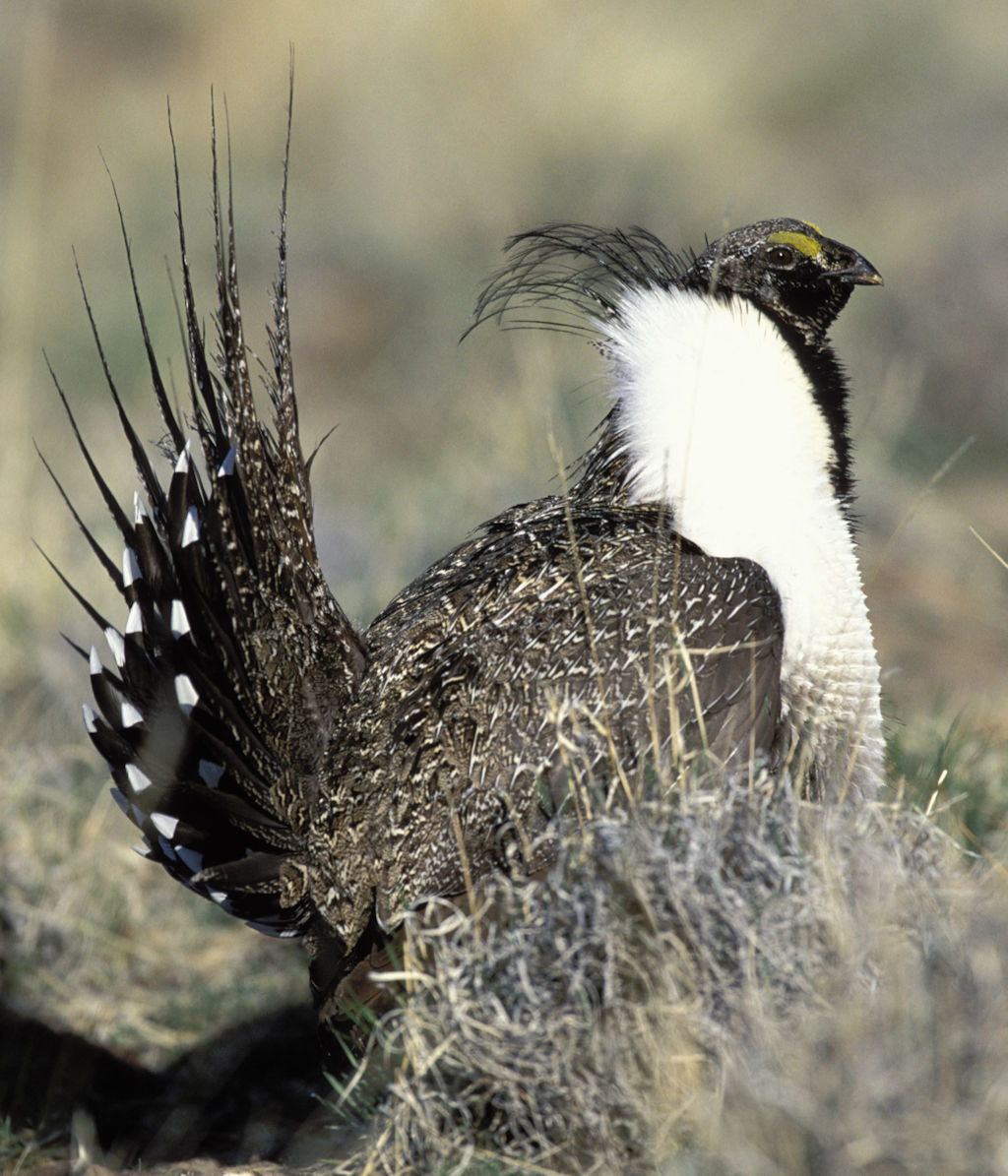The Wildlife Conservation Society Canada just issued a report making several recommendations to protect the Southern Canadian Rockies, including the Flathead Valley. Besides a new provincial park and a set of wildlife management areas, the report also encourages wilderness designations on the U.S. side of the border . . .
A new report from the Wildlife Conservation Society Canada (WCS Canada) creates a conservation strategy that will promote wildlife resiliency in the Southern Canadian Rockies to the future impacts of climate change and road use. The report’s “safe passages and safe havens” were informed in part by an assessment of six iconic species — bull trout, westslope cutthroat trout, grizzly bears, wolverines, mountain goats and bighorn sheep — five of which were ranked as highly vulnerable to projected changes.
Nestled between Glacier National Park in Montana and Banff National Park in Canada, the Southern Canadian Rockies (SCR) has been overshadowed by these towering icons of mountain splendour. Yet this southern section contains spectacular landscapes, supports one of the most diverse communities of carnivores and hoofed mammals in North America, and is a stronghold for the six vulnerable species that have been vanquished in much of their former range further south…
Weaver recommends a portfolio of conservation lands including a ‘Southern Canadian Rockies Wildlife Management Area’ (WMA) that would conserve 66% of key habitats on 54% of its land base. The WMA designation would emphasize fish and wildlife values while allowing other responsible land uses. The trans-border Flathead River basin adjacent to Waterton Lakes-Glacier National International Peace Parks also merits very strong conservation consideration, says Weaver, due to its remarkable biological diversity. He endorses a new National or Provincial Park on the B.C. side and Wilderness areas on the Montana side.
Continue reading . . .
Additional reading:
Full “Safe Haven…” report, courtesy Dr. John Weaver
Extract from report listing North Fork recommendations

